Before- and after-school programs (B&ASPs) have long served a dual purpose: to provide safe spaces and to support youth development by engaging children in physical and social activities outside of the traditional classroom. The comprehensive review spanning 2000 to 2020 showcases the evolution of research in this space and its implications for health, education, and social equity .
Key Findings and Trends
The systematic review analyzed 291 peer-reviewed articles, drawing data from five major databases, and uncovered notable trends. One of the major findings was the substantial growth in publications over the two decades—from a single study in 2000 to 42 articles in 2020. This trend highlights an increasing academic and societal interest in how before- and after-school physical activity (PA) programs impact youth .
A significant portion of the research (92%) focused on after-school programs rather than before-school programs. The predominance of after-school studies might reflect the pressing need for child care and enrichment activities once the school day ends. However, the review notes that before-school programs, which hold untapped potential especially in warmer climates and nontraditional scheduling contexts, remain underresearched .
Moreover, the review reveals that although most studies aimed to impact physical activity, only about half of them actually measured PA outcomes. When PA was measured, researchers employed diverse methodologies—from accelerometers to self-reports—underscoring both the challenges and opportunities for future research to standardize and validate measurement tools .
Diverse Methodologies and Theoretical Approaches
The review highlights the diversity in research methods, with around 68% of the articles being quantitative, 19% qualitative, and 12% utilizing mixed methods. Researchers largely favored quasi-experimental designs for quantitative investigations, while qualitative work was often categorized as generic. This methodological mix suggests a healthy diversity in how the field studies the benefits and limitations of B&ASPs .
Despite multiple studies adopting theoretical frameworks, over half of the articles did not anchor their work in a specific theory. Among those that did, self-determination theory, social cognitive theory, and positive youth development (PYD) were most prominent. The review argues that integrating critical theory perspectives could provide deeper insights into issues of equity and social justice in these programs, suggesting future research should broaden its theoretical lens to include these vital dimensions .
Impact on Marginalized Groups and Policy Implications
A notable strength identified in the review is the focus on marginalized groups—with nearly 58% of studies targeting these populations. This emphasis reflects a commitment to ensuring that programs address social and economic disparities by providing inclusive opportunities for physical activity. However, the review also criticizes the field for its piecemeal approach, noting that research is scattered across 157 journals. Without a centralized repository or dedicated publication outlet, it may be challenging for scholars and policy-makers to build on each other’s work cohesively .
The discussion pushes for a reimagining of B&ASPs to not only improve physical health but also foster life skills, social interaction, and mental well-being. As digital devices become more integrated into everyday life, future studies may harness wearable technology and innovative programming designs to empower youth as co-researchers in tracking their own activity—and subsequently, their long-term development.
Key Takeaways
Rising Interest: The field has seen significant growth over the last two decades, demonstrating increasing recognition of the benefits of B&ASPs.
Measurement Challenges: Despite a focus on physical activity, many studies did not measure PA outcomes, suggesting a need for improved and standardized data collection methods.
Theoretical Gaps: While several key theories are in use, there is an opportunity to incorporate critical theories to better address issues of social justice and equity.
Diversity and Inclusion: A strong focus on marginalized groups is evident, underscoring the role of B&ASPs in providing equitable access to enrichment opportunities.
Policy and Future Research: The spread of research across numerous journals highlights the necessity for a centralized platform that can better support scholarly communication and policy development.
Overall, this review illuminates the complex landscape of before- and after-school physical activity research, calling on educators, policy-makers, and researchers to harness these insights to create more effective, inclusive, and impactful programs for youth development .
Full Article:
Marttinen, R., Rodrigues, A., Nuñez-Enriquez, O., Centeio, E., & Banville, D. (2025). A 20-Year Systematic Review of Before- and After-School Physical Activity Research (2000–2020). Journal of Teaching in Physical Education, 44(1), 3-10. https://doi.org/10.1123/jtpe.2023-0062
This blog post was written with the assistance of AI to support clarity and accessibility. It is intended to help disseminate and discuss research findings with a broader audience. However, for the most accurate and reliable information—including conclusions and practical applications—please refer to the original peer-reviewed publication on which this blog is based. The peer-reviewed article remains the most authoritative source.
